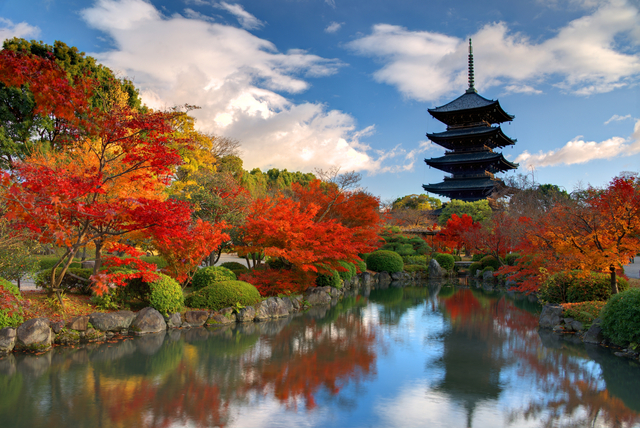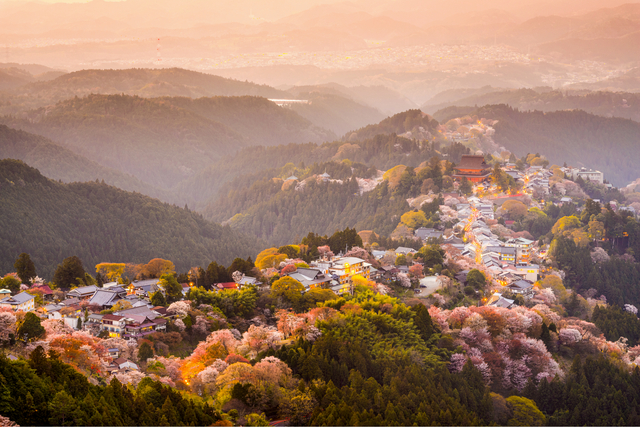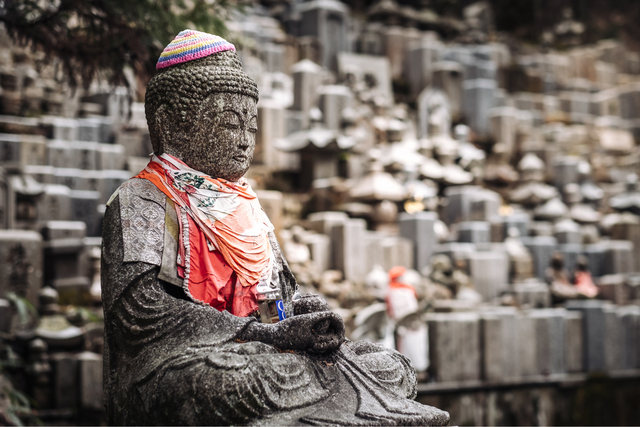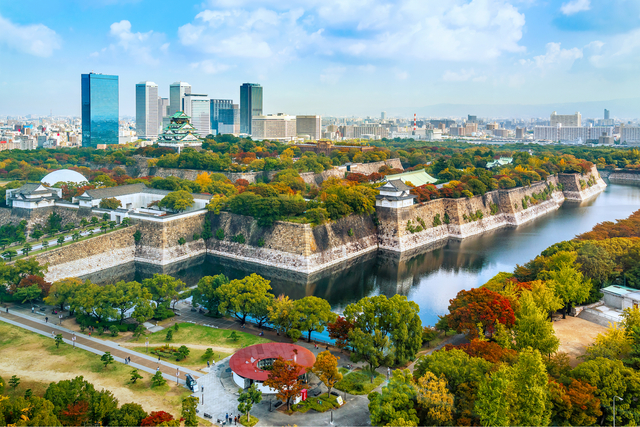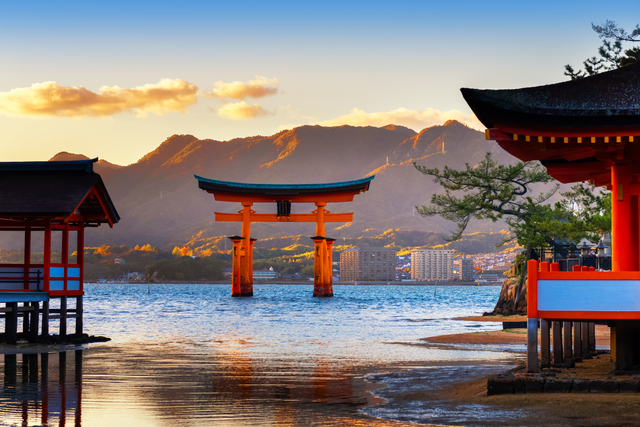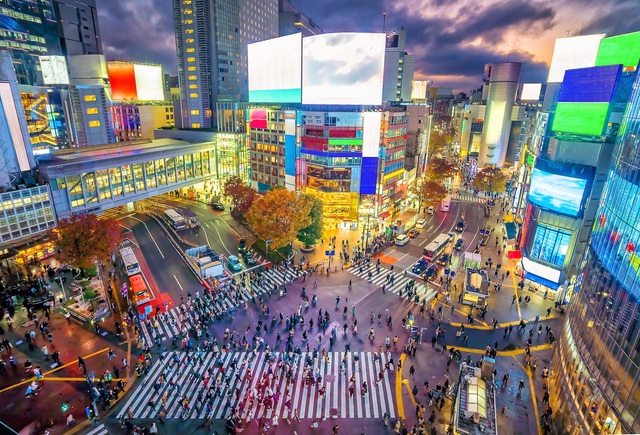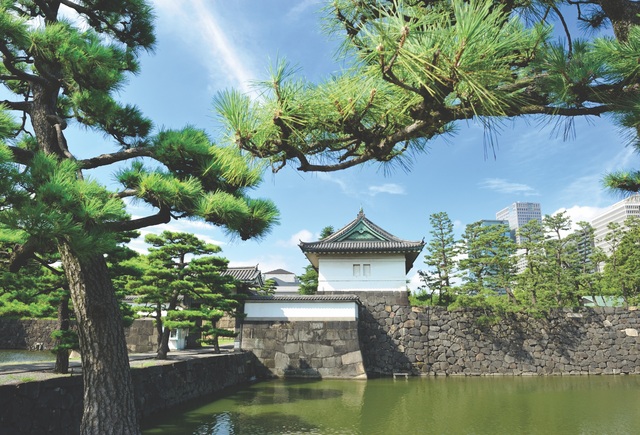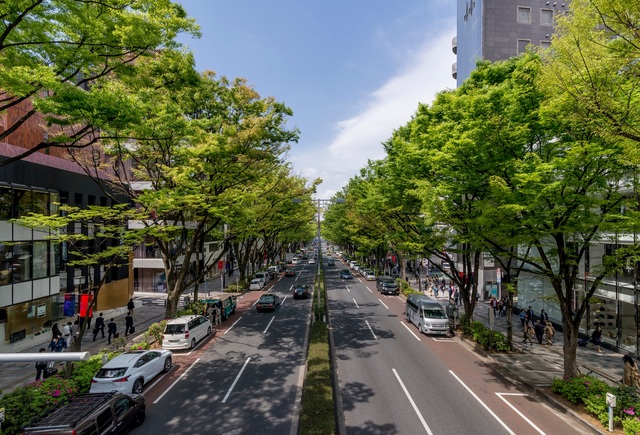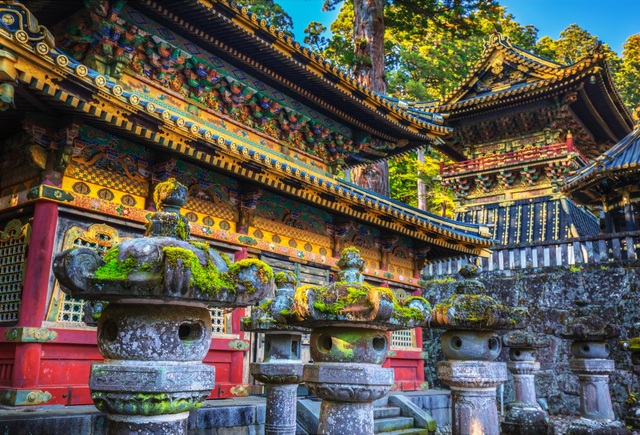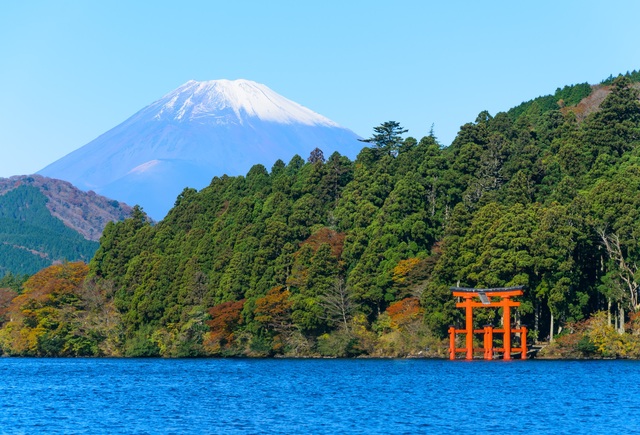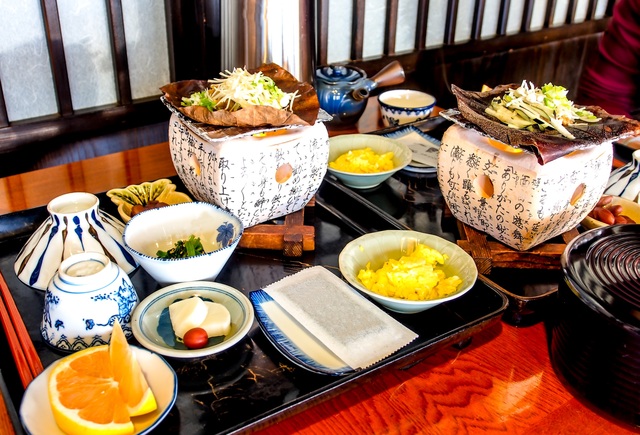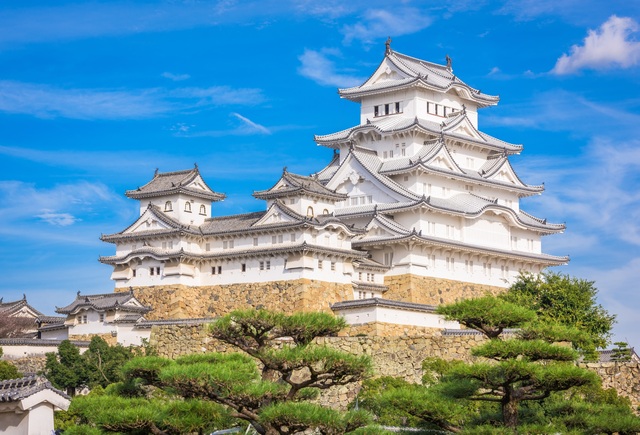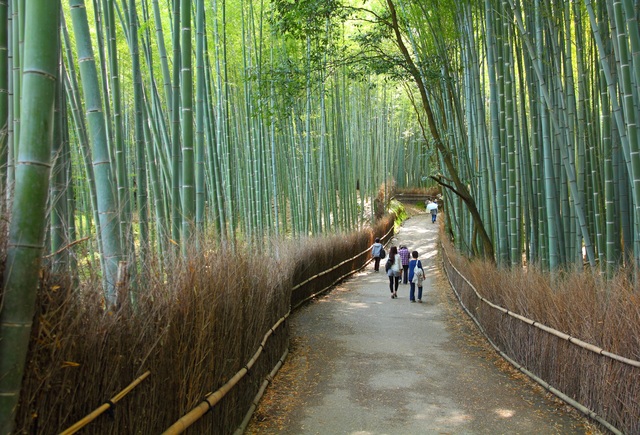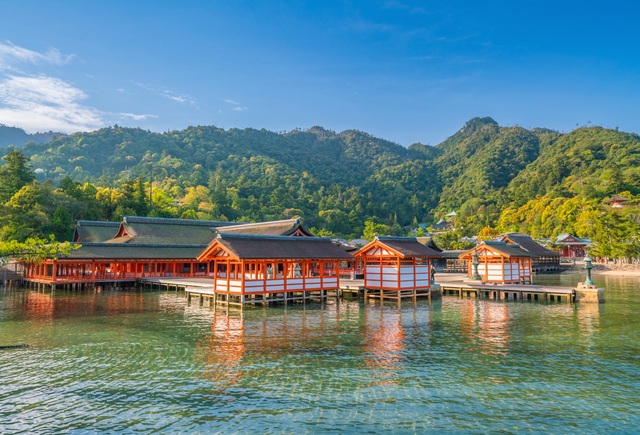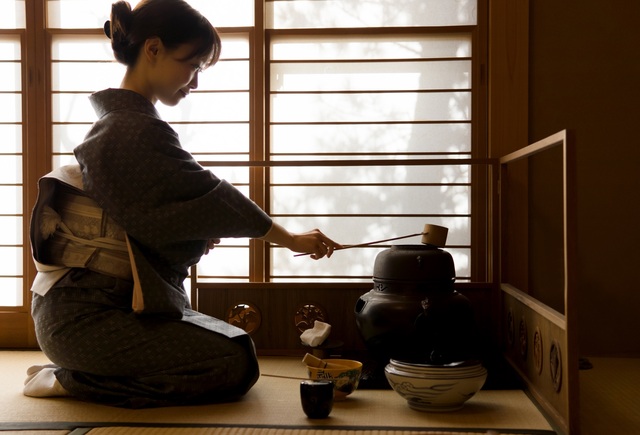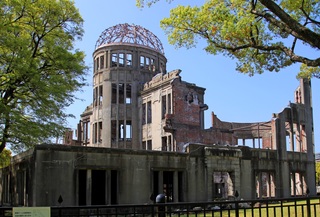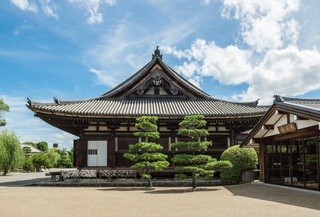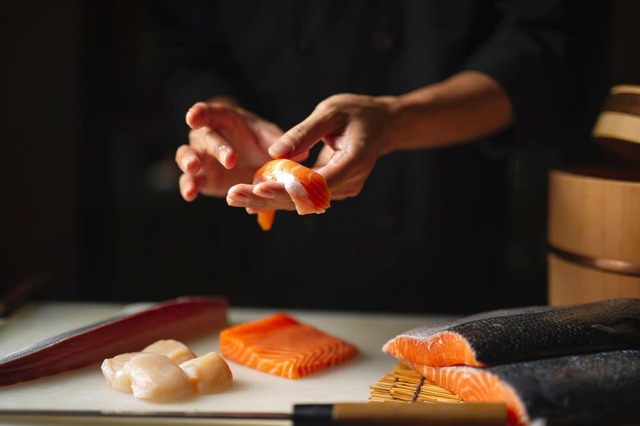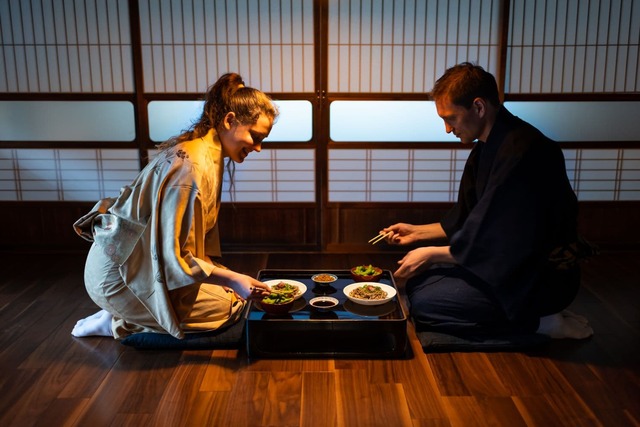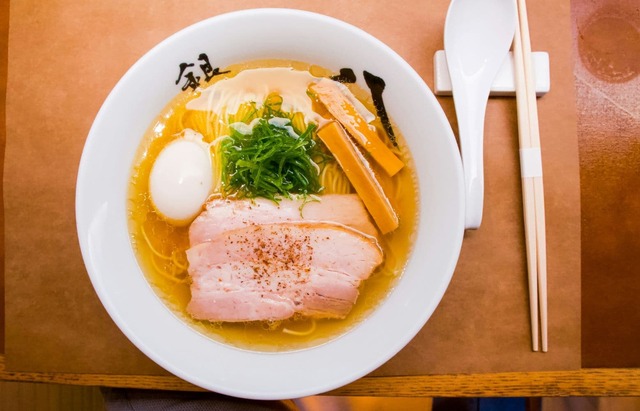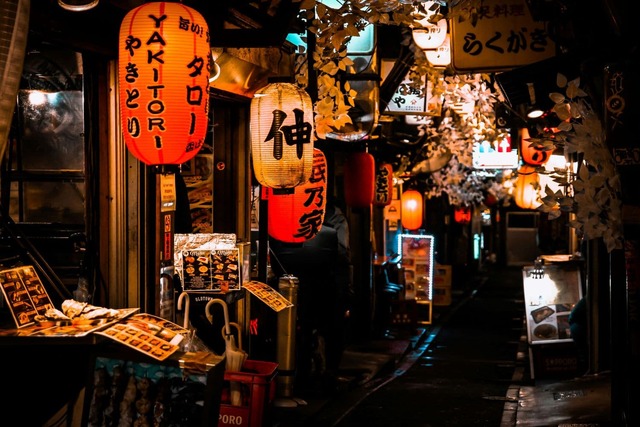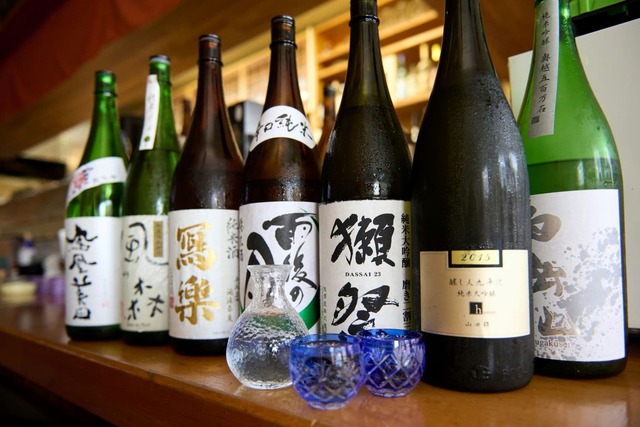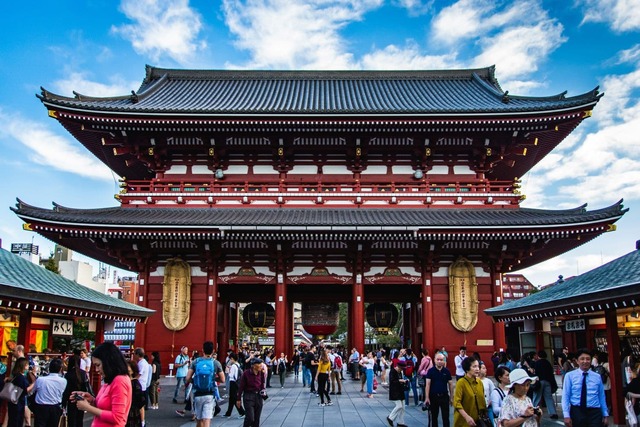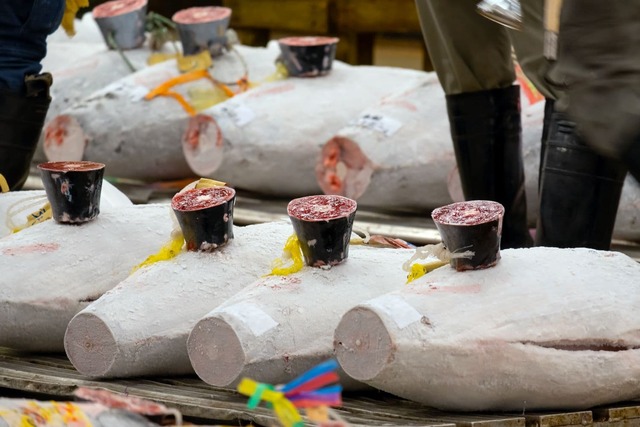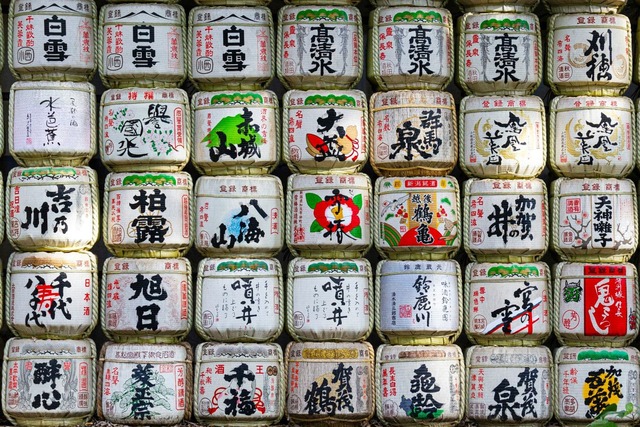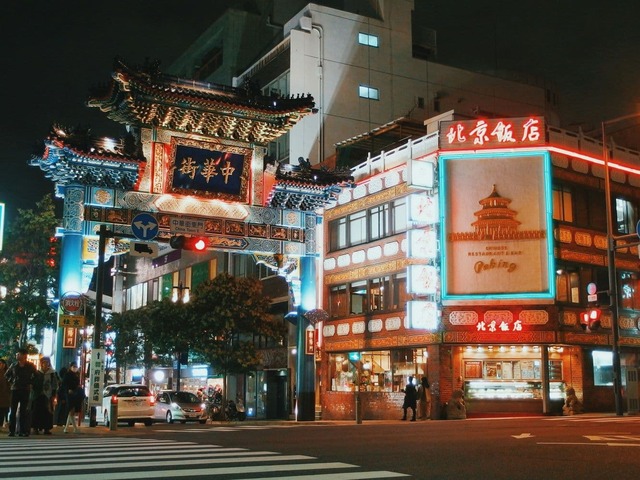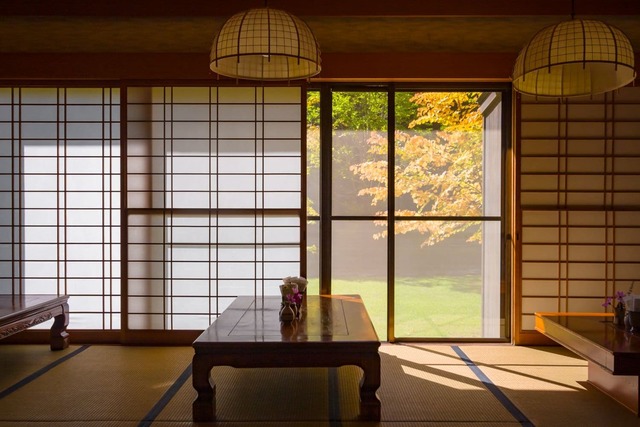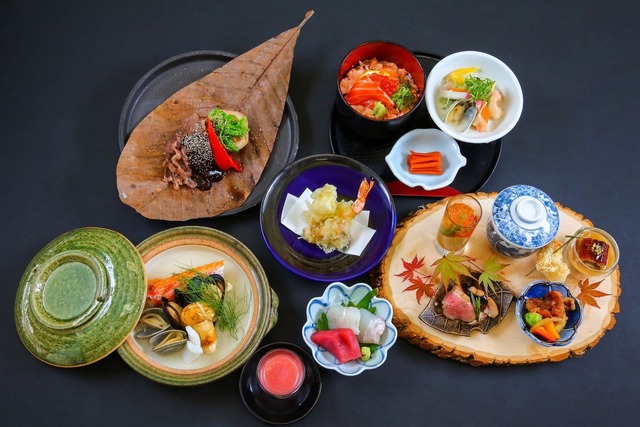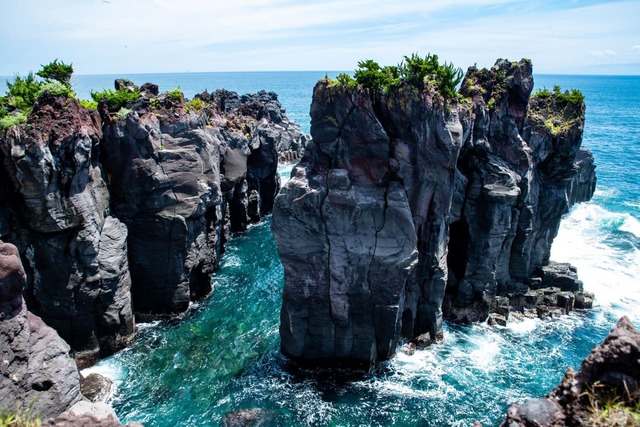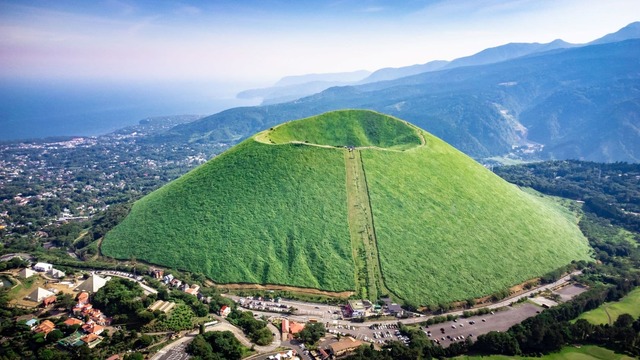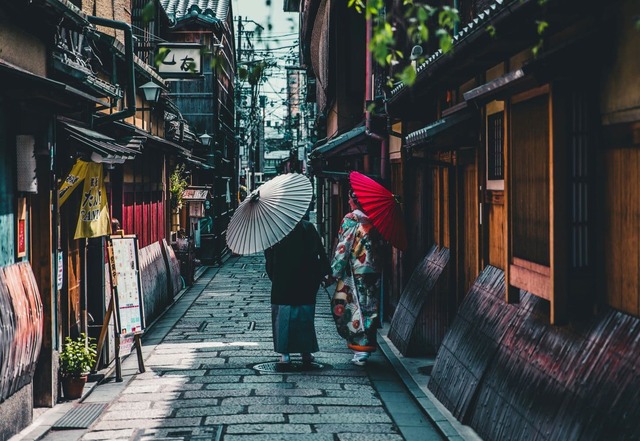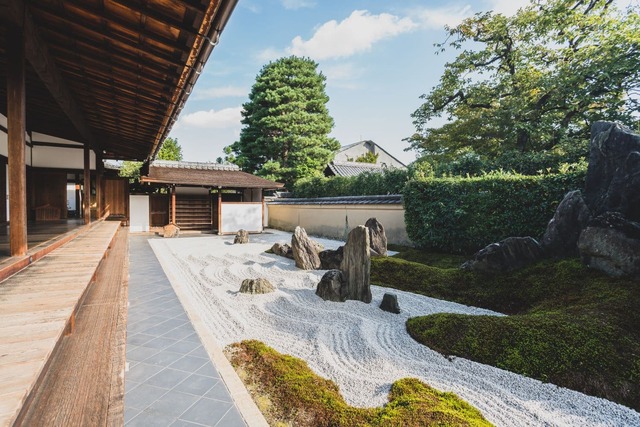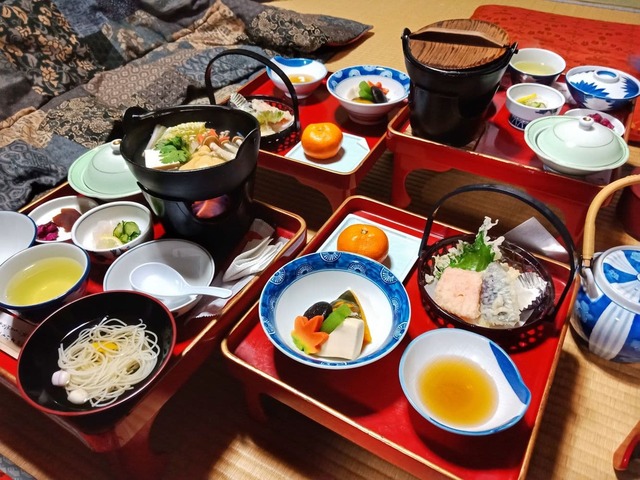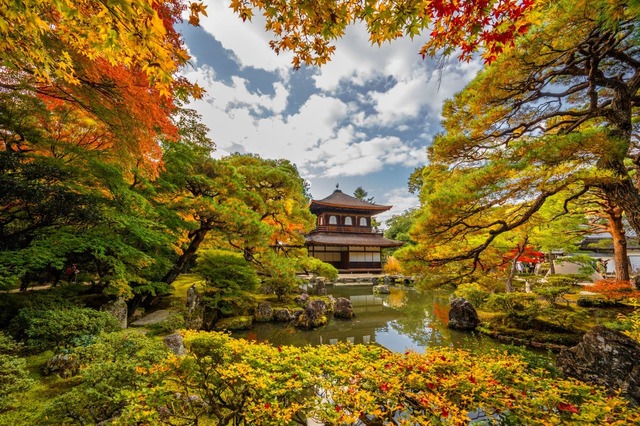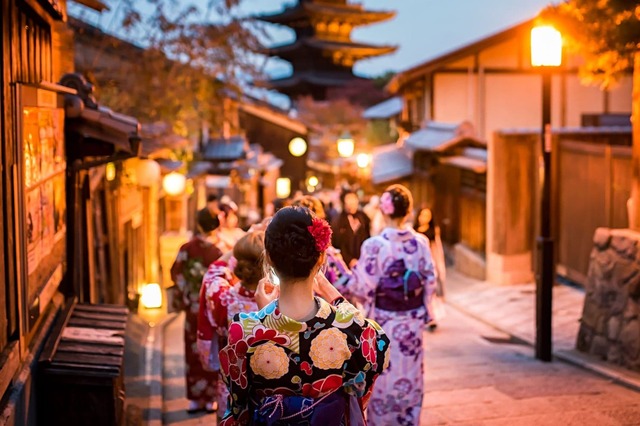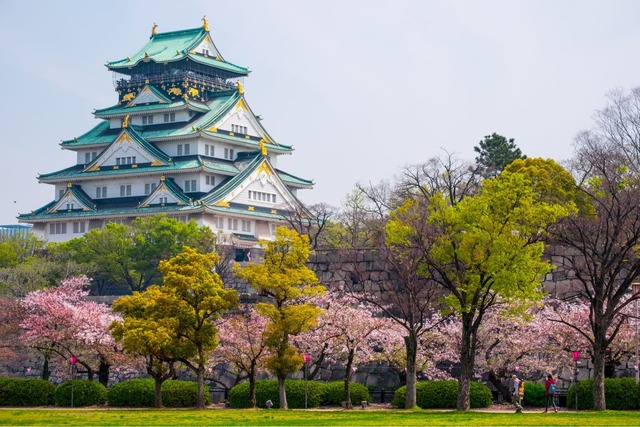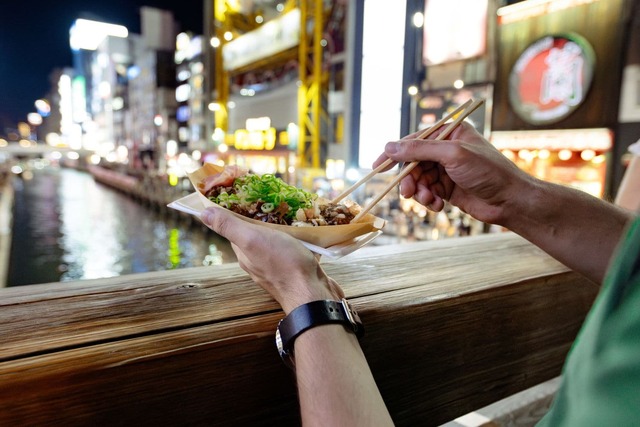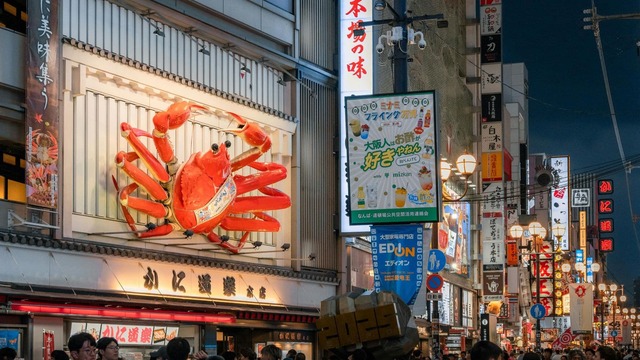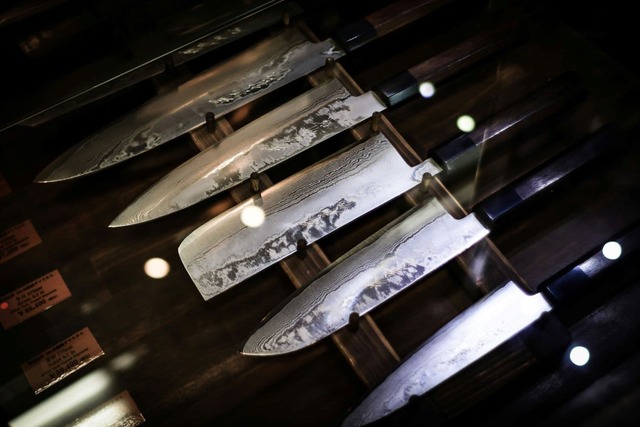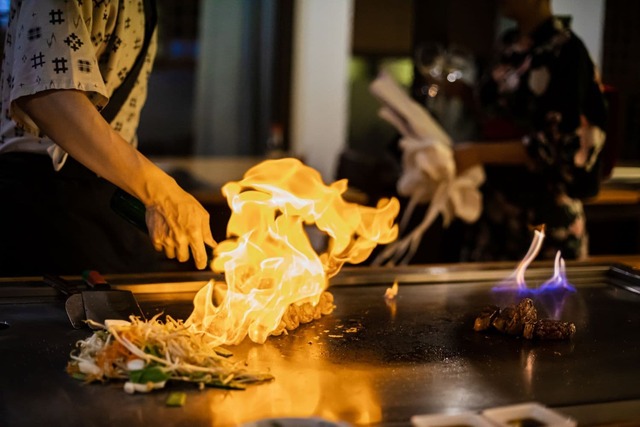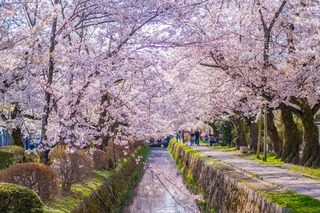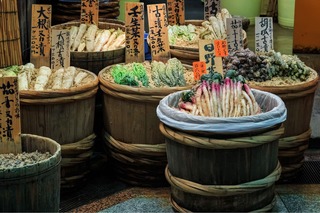The Best of Japan

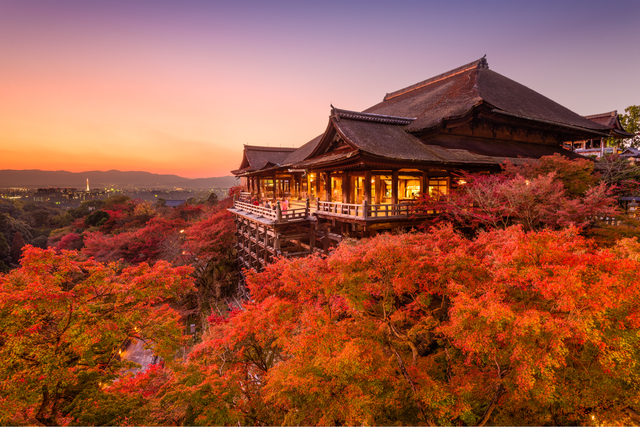
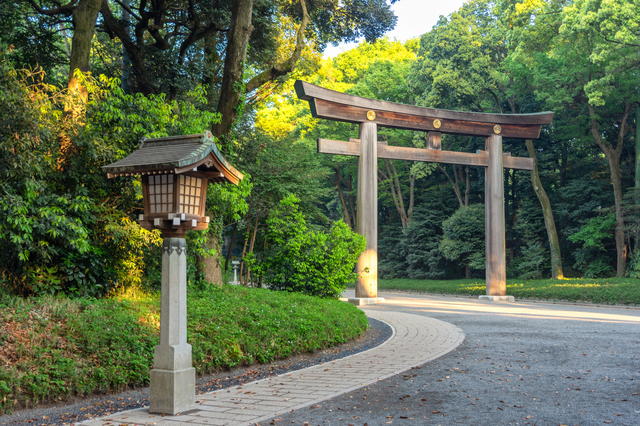
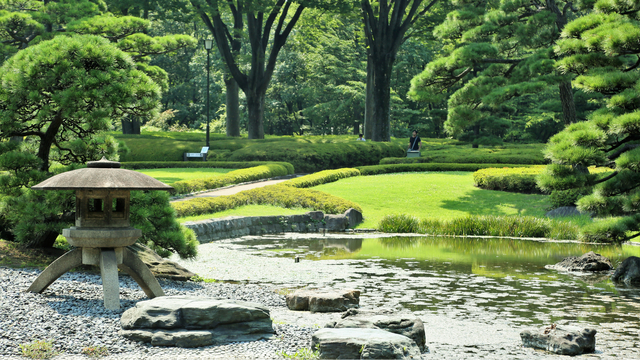
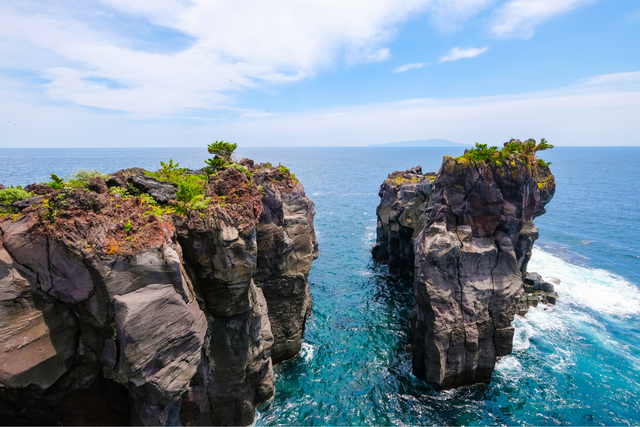
- Cuisine
- Culture
- History
- Honeymoon
Overview
Experience all the highlights of Japan's amazing history up close!
Suggested itinerary
Ready to go! Departure from Europe to Tokyo on an overnight flight so get ready for the adventure waiting ahead of you.
You'll arrive in Tokyo this morning and transfer to your hotel. Start the day easy with a leisurely stroll in the area around your hotel. If you have the energy, you could go to Shibuya to check out the vibrant neighbourhood and try some of the local bars and restaurants.
Get up early and visit the outer fish market in Tsukiji. Try a delicious breakfast of sushi donburi (a rice bowl with fresh fish topping) at one of the small restaurants.
A nice afternoon sightseeing schedule would include a visit to Hamarikyu Landscape Garden (walking distance from Tsukiji), from which you can take the Sumida River boat north to the Asakusa area. It's a lovely opportunity to see Tokyo from a different angle. You will then set foot on land again in Asakusa, one of the oldest historical areas of Tokyo. Make sure to visit the impressive Senso-ji temple, the oldest in Tokyo.
Now that you got a feeling of what traditional Tokyo feels like, visit the fashion trendsetting Harajuku neighbourhood. If you're into art and design, make sure you visit the Mori Art Tower in Roppongi (complete with 360 degree Tokyo Panorama View) or the light exhibition teamLab Borderless in Odaiba. Once the night falls, try finger-food, beers and sake in the narrow alleyway bars.
Visit the Eastern Garden of the Imperial Palace, maybe even go around the outskirts of the park on a rental bike. After, you can shop until you drop in the Ginza district or buy electronics in Akihabara.
If you want even more out of your visit, we recommend that you order one or more of our experience packages. We offer full- and half-day sightseeing, as well as excursions to, for example, the lavish sanctuary Nikko or the Ghibli Museum, dedicated to Hayao Miyazaki and his films.
Time to say goodbye to Tokyo. You'll travel southwest to the Izu Peninsula, where the unspoiled Izu-Kogen National Park is located.
Take one of the many beautiful walks here and enjoy the tranquillity.
Return to your traditional Japanese inn (Ryokan) to enjoy a nice long bath in a traditional onsen (natural hot springs). Then put on a soft cotton kimono and let your sense of taste and sight be pampered by the best in traditional Japanese cooking, kaiseki, made with seasonal ingredients.
If you want, you can extend an extra night in Izu-Kogen. Relax far away from traffic and people, enjoy delicious food, bathe the body in the hot springs and go out for walks along the spectacular Pacific coast or to the top of the extinct volcano Mt. Omuro to get a view of the iconic Mount Fuji on the horizon.
From Izu-Kogen, the journey continues south, passing close by the iconic mount Fuji, via Nagoya city to the historic mountain town of Takayama.
Takayama is a remote and extraordinarily well-preserved mountain town, often referred to as "Little Kyoto." The traditional wooden buildings are incredibly charming, and here you can buy handicrafts, visit hundred-year-old sake distilleries or take a ride in an old-fashioned rickshaw.
On this full-day in Takayama (or Hida as the town and region are originally called), we suggest you take the bus from Takayama to Ogimachi village in the Shirakawago area.
This historical farm village was declared a UNESCO World Heritage site in 1995, and it is famous for its traditional gassho-zukuri farmhouses, some of which are more than 250 years old. Although it feels like an open-air museum, it's still a village community that is very much alive, with many houses still inhabited by the original families. After, take the bus back to Takayama and treat yourselves to a delicious Hida Beef dinner.
From Takayama, you take the train northwest to Kanazawa. Even though it is a modern city, you can still feel the history. Here you will find one of Japan's most elegant landscape gardens, the nearly 400-year-old Kenroku-en, founded on ancient Chinese principles of perfection.
After visiting Kenroku-en Garden, drop by the 21st Century Museum of Contemporary art (with one of the best contemporary art museum collections in Japan), then enjoy a dinner at the vibrant Omicho Market.
Start the day by stolling through the samurai district of Nagamachi, then observe the exclusive bowls of lacquer and kutani porcelain in Hirosaka Street, or explore Myoryuji, also known as the Ninja Temple, which has both hidden corridors and secret rooms, as one would expect from a Ninja temple!
In the afternoon, visit Seisonkaku Villa, one of the most elegant remaining samurai villas in Japan.
You'll continue southeast to Hiroshima. Visit the atomic bomb dome, the only surviving ruin, and the Peace Museum. After, wander through the beautiful Peace Park or stroll down the lively pedestrian street Hondori.
Be sure to taste real Japanese soul food in the form of Okonomiyaki: a kind of an omelette with noodles, cabbage and pork drizzled with a special sauce.
Take a full day to visit the lovely island of Miyajima with the iconic big red Torii gate standing in the water. It can be reached easily in 45 minutes, by train and ferry.
This island was considered sacred in ancient times. There are many sacred places on the island, including The Daisho-in Temple, which the Dalai Lama has visited several times. While you're here, make sure to sample fresh-fried oysters and grilled eel, a local delicacy and one of the best local snacks that you will find on your Japan journey.
Next up, it's off to Kyoto on the shinkansen. Kyoto, the country's ancient capital. With four nights, you'll have ample opportunity to explore. More than 1600 Buddhist temples and 270 Shinto shrines are preserved here.
Then, spend an afternoon exploring the best sights in central Kyoto, including the majestic Nijo Castle, which was built in 1603 as the Kyoto residence of Tokugawa Ieyasu, the first shogun of the Edo Period (1603-1867). Spend your first night in Kyoto by seeing traditional theatre in the geisha neighbourhood, Gion.
Today is your first full day of leisure in Japan's ancient imperial capital. You can travel to Northern Kyoto and visit the "cousin" of the famous Golden Pavilion: the Silver Pavilion, called Ginkaku-ji awaits with its fascinating landscape garden. This is also the starting point of the Philosopher's Path, a trail along a small stream leading you to the beautiful Nanzen-ji Temple, where treasures of paintings, folding screens, zen rock gardens, and a city heritage aqueduct await.
After grabbing a lunch near Nanzen-ji, transfer to the Higashiyama area, home to countless temples and Kyoto's thousand-years-old shopping street, Sannen-zaka. Browse between souvenirs as you make your way up to Kiyomizu-dera Temple, standing atop the hill, and catch the sunset over the city from its wooden stage, which boasts panoramic views of central Kyoto.
Today, take a day trip to Japan's first-ever capital, Nara. Start off by visiting Todai-ji temple to see the world's largest bronze Buddha, and after that you can meet the friendly local deers in Nara Park.
In combination with Nara, you could visit the central part of Osaka city in the afternoon. The vibrant trendsetting area Amerikan-mura, the nearby shopping arcade Shinsaibashi-suji and the lively neon illuminated Dotonbori boulevard in the Namba area, are highlights.
This is your last full day in Japan! Spend the morning shopping at the local Nishiki market or the department stores in central Kawaramachi street.
Seeking some green, take a local train from Kyoto Station and travel to Arashiyama Station. From Arashiyama Station, walk to Togetsukyo Bridge (over Katsura river) for an impressive view of the hills of Arashiyama. Then, continue on foot to the atmospheric Sagano Bamboo Forest, with an option to drop by Tenryu-ji Temple.
After exploring the Arashiyama area, make sure to visit either Ryoan-ji Temple or the Golden Pavilion, Kinkaku-ji. Ryoan-ji introduces you to Japan's most minimalistic, ancient Zen garden, while Kinkaku-ji, covered in gold leaf, will leave you with a truly lasting impression on the essence of Kyoto's noble culture. On your final night in Kyoto, have a traditional dinner at one of the classical restaurants in the Pontocho area, a famous neighbourhood filled with restaurants that offer exquisite riverside dining in the warmer months.
It's time to say "sayonara" (goodbye) or maybe "matanee" (see you again) to Japan. You will be picked up at the hotel in Kyoto and driven to Osaka Airport where you will have your return flight to Europe.
Accommodation
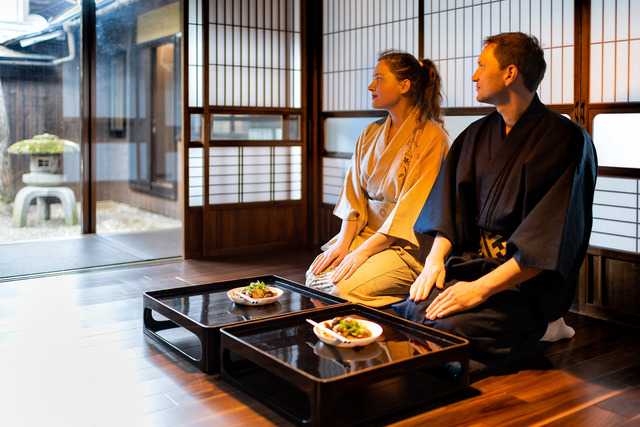 + 5 Photos
+ 5 Photos
A ryokan is a traditional Japanese inn that offers a unique cultural experience. Guests sleep on tatami mats, enjoy traditional meals and may have hot springs & gardens.
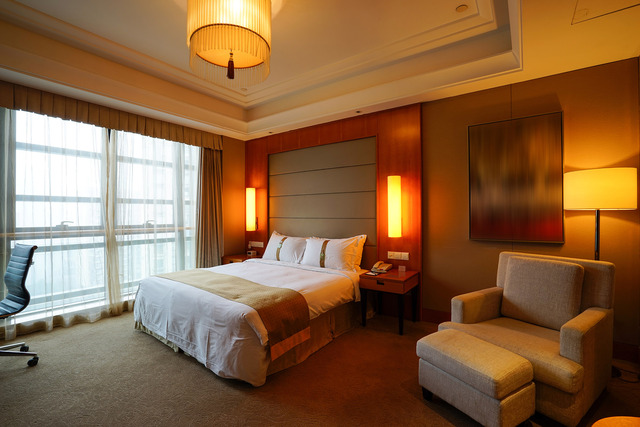 + 5 Photos
+ 5 Photos
Western-style hotels in Japan offer comfort and convenience with amenities like room service and fitness centres. Many are located in major cities and near popular destinations.
Important information
Important information
- Travel insurance is optional. Let us know if you’d like help adding it to your trip.
- The itinerary shown is an example. We’ll tailor the tour to fit your interests and travel style.
- Once you get in touch, we’ll fine-tune the details together to make sure the trip suits you perfectly.
What is included
- International return flight tickets
- Checked luggage
- Airport transfers
- 12 nights in western style accommodations
- 4 nights in Japanese-style Ryokan with onsen
- Breakfast and dinner (selected locations)
- Transport tickets between destinations
What is not included
- Local transport (buses, metro, taxis)
- Local city tax which needs to be paid on the spot
- Optional excursions and sightseeing tours
- Travel insurance


